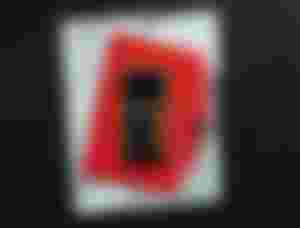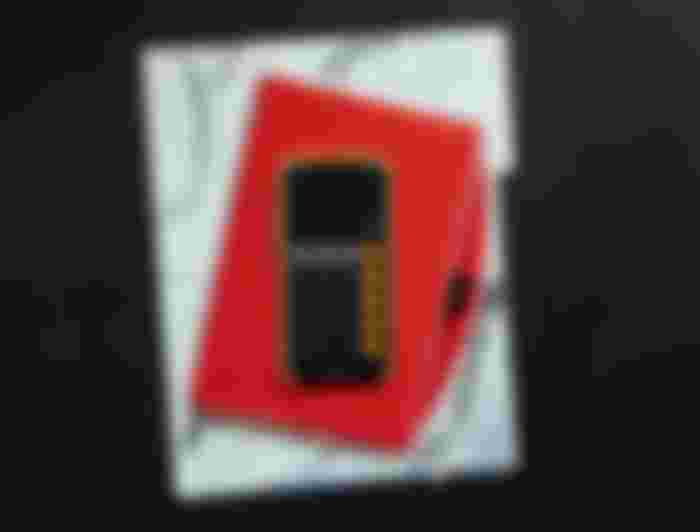Accountancy and Business Management or ABM for short is a Strand in Senior Highschool with a major Subject of Fundamentals of Accountancy Business Management 1 and 2. And as a graduated student at Senior Highschool and TESDA NC3 passer, I will share you some tips that will help you to have a consistency in understanding this major subject. Let's start!

First of all, you need to know the theories and application of the Journal Entries to easily determine what is Assets, Liabilities, Owner's Capital, Revenue and Expenses or in short (A.L.O.R.E.), by the using this technique you will organize the Journal Entries that you can use when analyzing the transactions.
Next to do is determine the transactions made and identify if it is Debit or Credit, but remember not to skip the first step because Accounting Cycle is hard to understand if you are not memories the theories. Most of the students in ABM or Accounting and Business Management suffers to this major subject and I also experienced that because they or we forgot some informations that will use to journal entries and one mistake in entering Journal Entries will affects the Accounting Cycle and it will result to have imbalances in Trial Balance that will mark as wrong.
As my experiences, I want to say that Accounting Cycle is hard specially Journal Entries but, spending time to understand the basics to the complicated parts will help you to easily answer the Journal Entries until you reach the Trial Balance with no problem at all, this is the only first step but the hardest step to do in Accounting Cycle and the rest is only memorizing the positions in every transactions and the parts that give to an Accounting Cycle.
The second thing to do to easily remember the next step to do is to reverse the A.L.O.R.E (or assets, liabilities, owners equity/capital, revenue, expenses) to R.E.-O.-A.L. (Revenues, Expenses, Owner's Capital/Equity, Assets, Liabilities) to record the income and profit.
Revenues is the Income that comes when the company made a service, products or any tangible and intangible transactions that made with a payment.
Expenses is the company's obligation to pay the fees that they use to serve or creating a products. You can get the Income by getting the revenues and minus it to expenses to know the profit of the company. It is easy to understand if you know the pattern that I mentioned before.
Owner's Equity/Capital is the budget that use to run the business and it can withdraw if the profit is given or reinvest it.
Liabilities is like a revenues and expenses BUT the payment is not already completed. In short this is the "Accounts Payable/Receivable or Notes Payable/receivable"
Note: Receivable is use only if the company gives a service or product to the customer but not already paid.
Payable is use only if the company have an expenses like bills in utilities, and other fees like professional fees.
Assets is a things, budgets, supplies or employees that use to perform a service or products that can run the company like computers, machines, papers, employees service and many more.
Remember those things that I said earlier will help you to easily understand the theories and application of Accounting Cycle especially in journal entries.
Assets (Debit) + Liabilities (Debit) = Capital (Credit)
That is the normal formula of the Journal Entry in Accounting Cycle.
My overall advice to upcoming ABM students is to understand the first step and spend time to it so that the only need to do in the next steps are to memorize the parts of constructing in every Accounting Cycle. I will create part 2 of this soon to explain more about Accounting Cycle. That's all for today's advice
"Accounting Cycle is not easy because it consist of analysis, time, understanding and recording."
